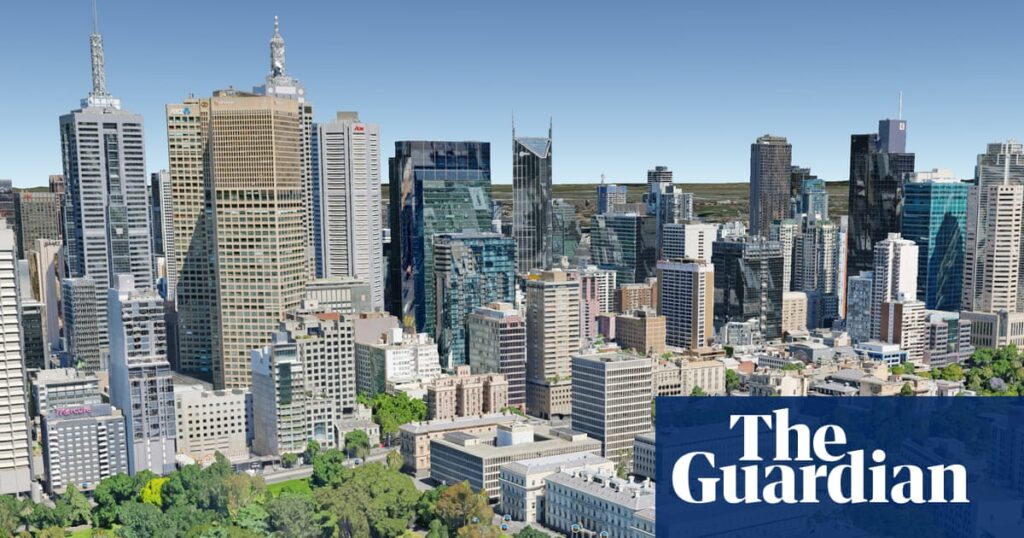
Two years ago, state and local governments in Australia were optimistic about transforming near-empty office buildings into much-needed residential apartments to address an escalating housing crisis. However, the anticipated transformation has not materialized, as momentum for these conversions has waned despite increasing office vacancies and a worsening housing shortage.
In central Melbourne, developers have not submitted a single application to convert office spaces into housing since 2023. Sydney, the country’s most expensive city for housing, has seen only one successful conversion application in its central business district. The high costs associated with refitting office towers have deterred landlords, who prefer to keep their properties in the office market, hoping for either a return of workers or government incentives to make conversions financially viable.
Challenges in Office-to-Residential Conversions
A landmark study in 2023 identified 86 office buildings in Melbourne suitable for redevelopment, with the potential to create up to 12,000 apartments. Despite the Victorian government’s promise to facilitate these conversions, the high costs have discouraged commercial landlords. Ingrid Bakker, principal at architecture firm Hassell, led the research and noted the lack of traction in Melbourne, where many buildings remain underutilized.
One property owner opted to lease to new commercial tenants after Bakker’s team found that a refit would yield a negligible profit margin of 0.05% for developers. “There aren’t any developers out there that go: ‘Oh yeah, that fits with my business plan, I want to make point-zero-something per cent profit,’” Bakker remarked.
Office vacancy rates have reached a 30-year high of 15% as of July, while only 1.47% of the nation’s rental housing stock is available for lease—a record low.
Comparative Analysis with Global Trends
Unlike Australia, countries such as the United States and the United Kingdom have eased planning regulations to expedite office-to-residential conversions. However, these reforms have sometimes resulted in substandard living conditions, with small flats lacking windows and adequate ventilation. Australia has maintained stricter regulations, making conversions more expensive than new constructions, according to Sara Wilkinson, a professor of sustainable property at the University of Technology Sydney.
“You might think because you’ve got the foundations, the walls, the roofs, the facades, it could be a fairly economical, fast way to get housing,” Wilkinson explained. “But because of compliance with planning and building codes, it can be quite expensive, and you have to put a lot more … kitchens and bathrooms for each apartment.”
Success Stories and Future Prospects
Despite the challenges, there have been some successful conversions. In Brisbane, a tower at 41 George Street is being transformed into a 1,200-bed student housing facility, with developers utilizing windowless office spaces for communal areas like gyms and cafeterias. Andrew Purdon, a regional director at CBRE, noted that student accommodations generate significant revenue due to their smaller dormitory floor areas.
Government support has also played a role in successful conversions. The City of Melbourne secured state funding to convert a warehouse into social housing, while a New South Wales government grant facilitated the transformation of a vacant office building in Penrith into temporary accommodation for at-risk youth.
According to industry expert Philip Oldfield, more incentives are needed to make office-to-residential conversions financially attractive. “If we want to increase the amount of office-to-residential conversions, we need to incentivize that, provide tax breaks or other mechanisms, to make it more financially viable to savvy developers,” Oldfield suggested.
In Adelaide, a wave of mini-conversions has begun, with five new homes replacing unused spaces in small office buildings and shops, supported by funding from the city council and state government.
While Melbourne’s lord mayor, Nicholas Reece, has promised lower council rates, taller building heights, and refunds on application fees, much more is needed to encourage conversions. Bakker and her team at Hassell continue discussions with state and local governments, holding onto hope for future projects.
As the demand for housing intensifies, the need for innovative solutions like office-to-residential conversions becomes increasingly critical. However, without significant policy shifts and financial incentives, the dream of transforming empty office blocks into homes may remain unfulfilled.







